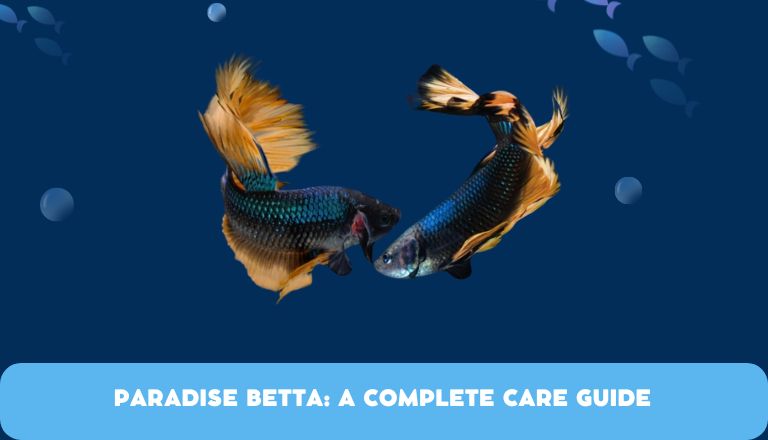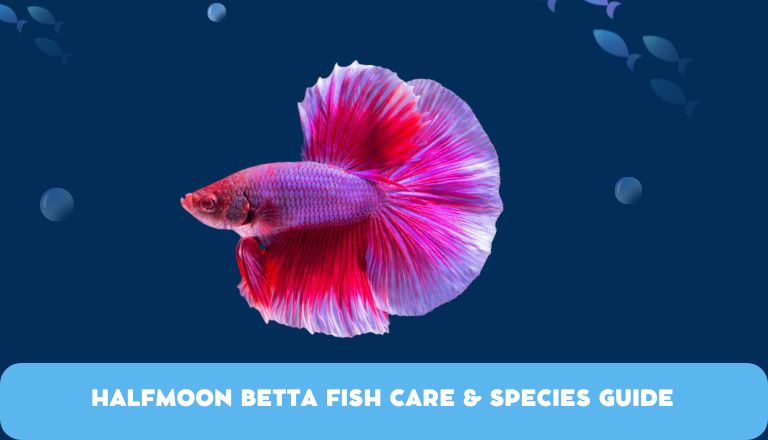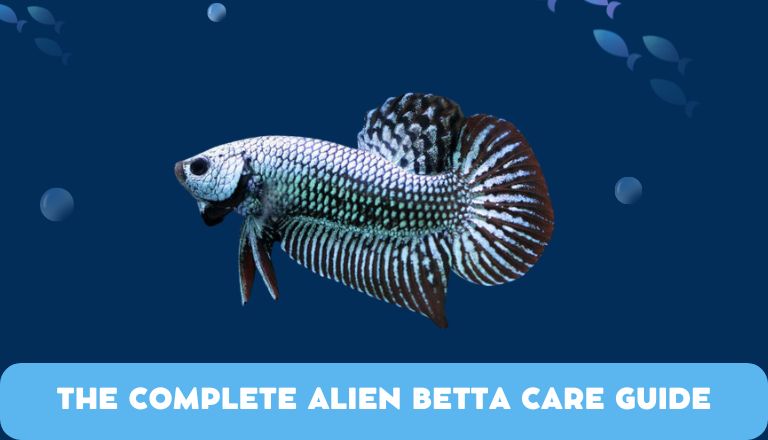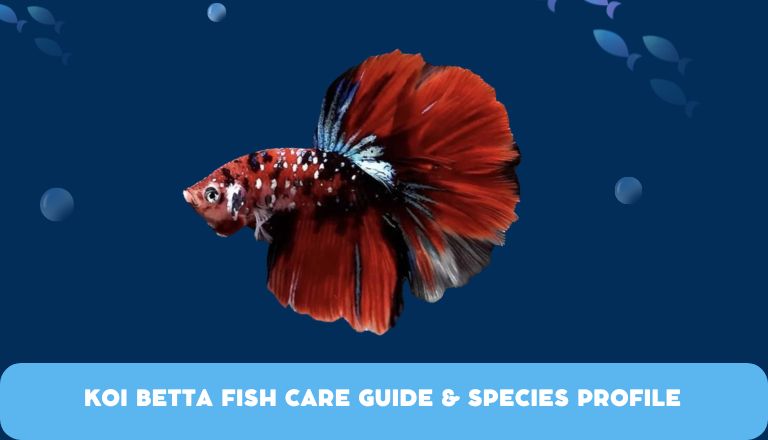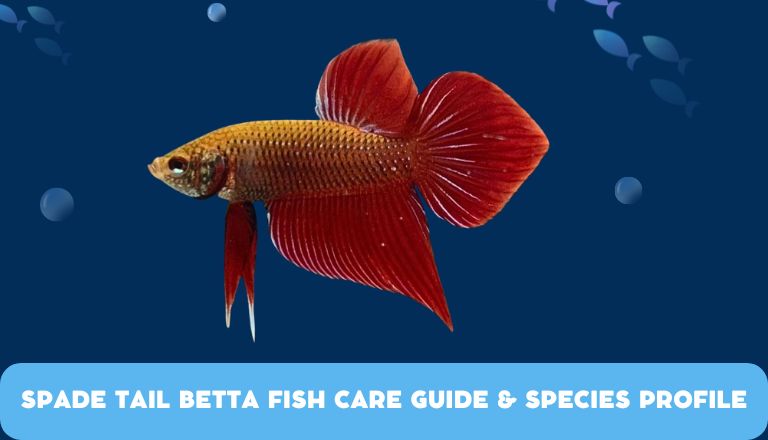Paradise Betta: A Complete Care Guide
Welcome to the magical world of Paradise Betta Fish. These fish are also called Siamese Fighting Fish. They are loved by fish fans all over the world for their bright colors and beautiful fins. In this guide, we will talk about everything you need to know about caring for Paradise Betta.
These fish originally come from Southeast Asia. They have interesting behaviors and needs when kept as pets. Picture a small paradise in your home, with colorful fish swimming under a soft aquarium light.
Paradise Betta Facts & Overview
Paradise Betta fish, also known as Macropodus opercularis, are a stunning addition to any aquarium with their vibrant colors and flowing fins. These beautiful fish have a moderate care level and generally display peaceful behavior. They have an average lifespan of 3-5 years. They require a minimum tank size of 10 gallons to thrive.
They are omnivores, they enjoy a varied diet including high-quality pellets or flakes. They belong to the Gourami family and can reach a size of up to 3 inches in length when fully grown. When setting up their tank, Provide them with plenty of plant cover for them to hide and explore. Maintain stable water conditions for them to thrive healthy.
Behavior
Paradise Betta fish are known for being territorial, especially the males. They establish and fiercely defend their territory by displaying aggressive behavior towards other males. They show territorial behavior by flaring their gills and displaying bright colors to scare away intruders.
Male paradise Betta fish build bubble nests at the water’s surface to protect their eggs during breeding. They use saliva-coated bubbles to create these nests.
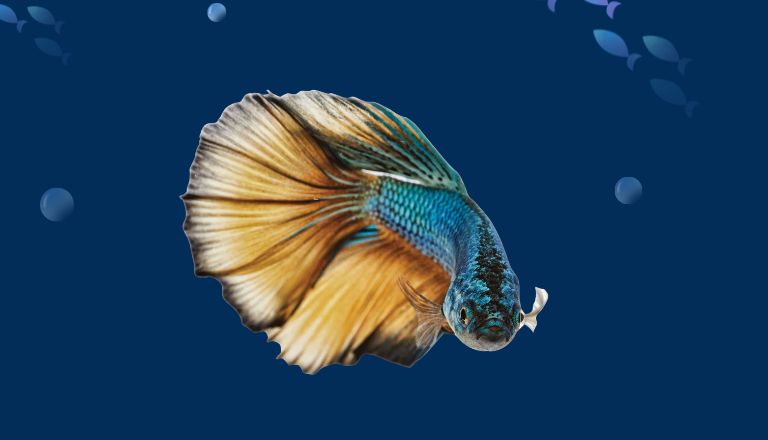
Watching their behaviors helps us understand how they survive in the wild. Their territorial displays and nest-building techniques give us a peek into their world.
Appearance
The Paradise Betta fish is a stunning creature with bright colors like deep blues and shimmering greens. They have intricate patterns on their fins, and males have long-flowing fins that make them look regal in aquariums.
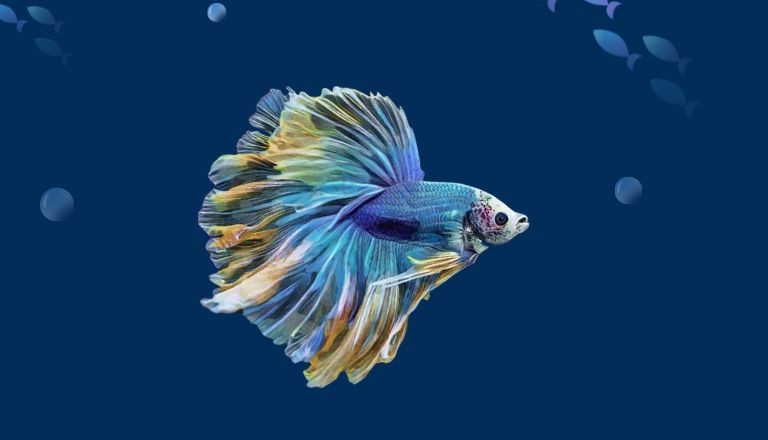
These fish have shiny scales that change color when they swim. They swim gracefully and look beautiful, which is why people like to keep them in their aquariums.
Difference Between Male And Female Paradise Fish
Male and female Paradise Fish look different and act differently. The males are colorful with blue, red, and yellow colors, while the females are less colorful. Male fish have long fins that help them attract females.
Males are territorial and aggressive, defending their space and showing dominance. Females are less aggressive and more passive in territorial disputes. These differences show how gender roles work in the animal world.
Types of Paradise Bettas
Paradise Bettas come in many colors and tail types. The most common types are Halfmoon, Crowntail, Plakat, and Veiltail Bettas. Halfmoon Bettas have large, symmetrical tails that spread 180 degrees when flared. Crowntail Bettas have long fins with webbing that extends beyond the edges.
Plakat Bettas are short-finned, active, and aggressive with a sturdy build and vibrant colors. Veiltail Bettas have long flowing fins that cascade elegantly around their bodies. Each type of Paradise Betta has its unique characteristics and beauty for aquarium hobbyists.
Paradise Betta Care
To care for your fish, create a suitable habitat. These fish need space to swim, live plants for hiding, and stable water conditions. Regularly change the water to keep it clean and your Betta healthy.
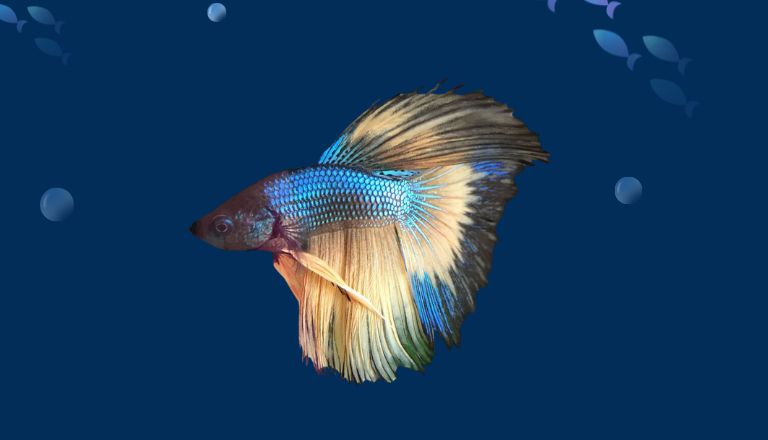
Feed them a varied diet for their colors and health. Use high-quality Betta pellets as their main food, and include frozen or live foods like bloodworms or brine shrimp.
Habitat and Tank Conditions
A happy fish needs a well-set-up tank with the right conditions. Make a great home for your fish, and focus on the tank setup. Use a good filter and gentle water flow to mimic its natural habitat. Keep the water temperature stable. Use natural sand or gravel for the tank bottom to keep the water clean.
Tank Size
Paradise Betta fish need a big tank for their health and happiness. A tank size of at least 10 gallons is recommended. They can live in small tanks, but a larger tank is better.
A bigger tank gives them more space to swim and explore, which makes them less stressed and helps them grow better. It makes it easier to keep the water clean and stable. In a big tank, you can add plants and hiding spots.
Water Conditions
Maintain good water quality like warm, clean water with a slightly acidic pH. Ideal water parameters for Paradise betta are water temperature between 70 to 80 degrees Fahrenheit and pH level between 6.5 to 7.5.
Check the levels of ammonia, nitrite, and nitrate regularly to prevent harmful toxins. Use a filter and change the water to keep it clean. Don’t overfeed them, as this can create too much waste and raise ammonia levels.
Use live plants in the tank to keep the water clean by absorbing extra nutrients and providing oxygen for the fish. By following these tips, you can create a great home for your fish to thrive.
Tank Mates
Choose tank mates for your Paradise Betta carefully. Peaceful fish like Neon Tetras, Rasboras, and Danios are good choices. These fish need similar water conditions, making them good companions.
Aggressive or fin-nipping fish could upset your Betta. Don’t put in cichlids or larger aggressive fish; it may injure your Betta.
Keeping Paradise Bettas Together
To keep multiple Bettas together, give them enough space and hiding spots to reduce aggression. Don’t keep male and female bettas together unless breeding. Separate them if needed. By following these tips, you can enjoy these beautiful fish in a shared environment while keeping them healthy and happy.
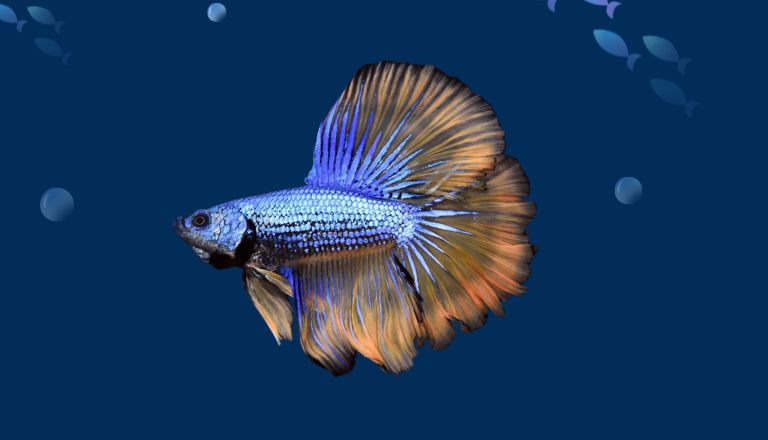
Diet
To keep paradise betta fish healthy, offer them a variety of foods like pellets, bloodworms, brine shrimp, and vegetables. Treats like daphnia or mosquito larvae can also be given occasionally.
Avoid overfeeding as it can harm their health. Feed them small portions multiple times a day instead of one big meal. Watch their behavior and adjust their diet to prevent problems like constipation or obesity. A balanced diet will help them stay vibrant and colorful.
Breeding
Breeding paradise bettas requires careful planning and attention to detail. One important aspect to consider is the selection of breeding pairs, as genetics play a main role in determining the quality of offspring. Breeders often look for bettas with vibrant colors and fin shapes that meet certain standards.
Once the breeding pair is selected, create a suitable breeding environment. Provide a spacious tank with ample hiding spots and plants where the female can lay her eggs. The male betta will then fertilize these eggs, after which carefully monitor for signs of aggression or stress.
Breeding paradise bettas can be a rewarding but challenging endeavor that requires patience and expertise from breeders.
Conclusion
The Paradise Betta is a unique and beautiful fish that can thrive in a well-maintained aquarium. By following the care tips in this guide, betta you can keep your fish healthy and happy. Provide proper water conditions and a balanced diet for their well-being. Monitor your betta’s behavior and make adjustments to create the best living space for them. With dedication and attention to detail, you can enjoy your Paradise Betta for years. Start using these care practices today and see your betta thrive in their tropical paradise.
FAQs
Are Paradise Bettas Aggressive?
Paradise Bettas are aggressive by nature. They can be aggressive towards other fish, especially males of their kind. To prevent conflicts, give them space and hiding spots in the tank. It’s best to keep them with their kind or with peaceful fish.
What Size Tank Does A Paradise Fish Need?
A paradise fish typically requires a tank size of at least 10 gallons to thrive comfortably. Giving them a bigger tank can make them less aggressive and stressed, which keeps them healthier.
How Big Do Paradise Bettas Get?
Paradise betta grows to be around 2.5 to 3 inches in length when fully mature. These are relatively small compared to other species of bettas.
How Long Do Paradise Betta Fish Live?
Paradise betta fish have a lifespan of 3-5 years. But, with proper care and a suitable environment, they can live up to 7 years. Regular water changes, monitoring water parameters, and keeping the tank free from toxins are essential for their longevity.

